
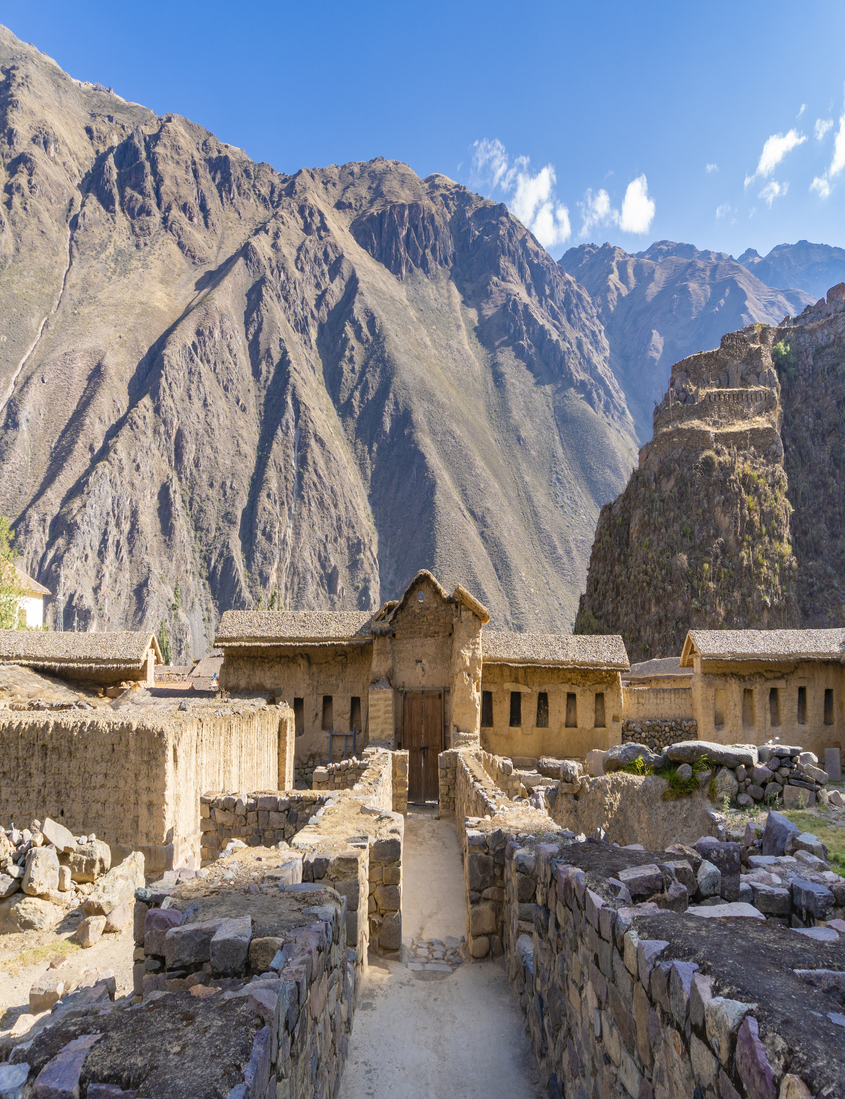

A short distance from the Inca Empire’s capital Cusco and the world-famous ruins at Machu Picchu lies the Sacred Valley of the Incas, the agricultural epicenter of the mighty Inca Empire. Our team of experienced professionals will guide your visit to this lush, fertile, vibrant region and acquaint you with its wondrous selection of archaeological ruins, picturesque towns, cultural traditions, day trips, and natural vistas.




 5 Stars - Based on 552 Client
Reviews
5 Stars - Based on 552 Client
Reviews

At Cusco Native, we ensure the best prices by operating locally without intermediaries. You can’t find the same itinerary with identical services at a lower price elsewhere.

Reserve your adventure with just a 25% deposit and pay the rest upon arrival in Peru. Postpone your trip for free up to 30 days before the start date!

Local Business

Sustainable

Small Groups

Experienced Team

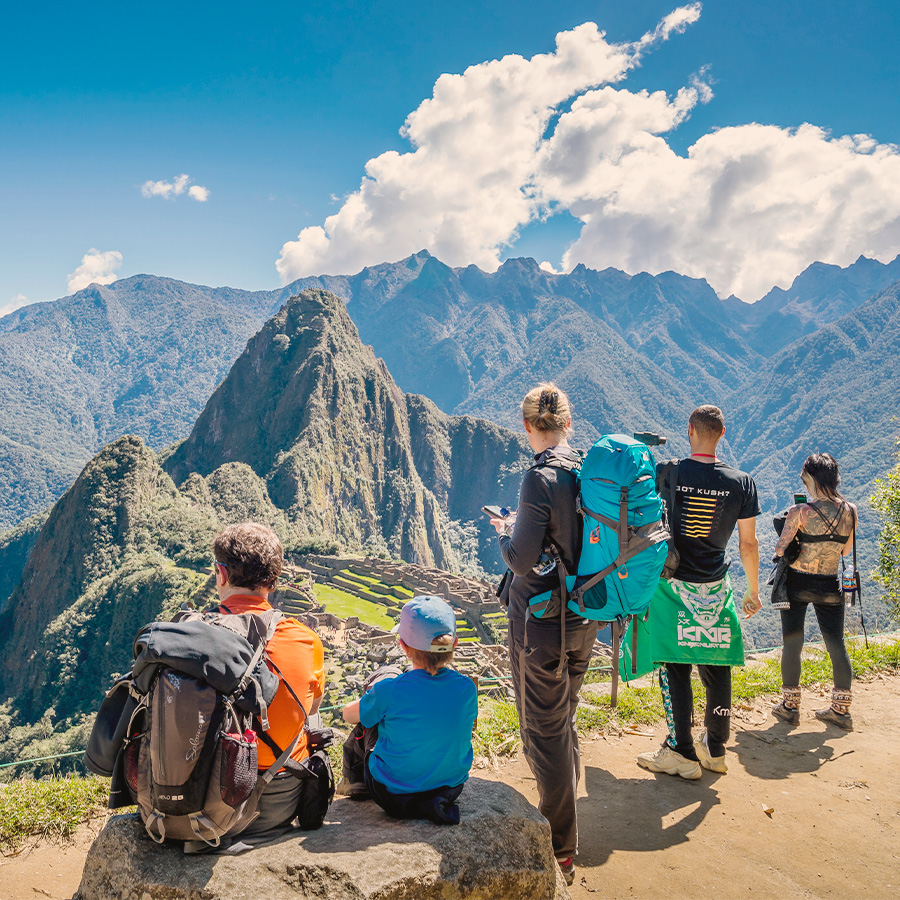
Didn't find the tour you were looking for? Don't worry! We are experts at building custom tours and treks in Cusco and throughout Peru. Just contact us, tell us about the tour you'd like and let us do the rest..
Surrounded by the magnificent snow-capped summits of the Andes Mountains, the Sacred Valley is a particularly fertile region along the Vilcanota River of vital importance to the Inca Empire at its zenith. Today, its rich history can be experienced in many ways: go on day hikes to dozens of unique and awe-inspiring Inca ruins, spend time in charming small towns with historic colonial architecture and vibrant markets, and get to know traditional artisan crafts and important cultural customs.nnOffering a unique blend of cultural, archaeological, agricultural and historical heritage, the Sacred Valley of the Incas is truly a world-class destination. Add to it the absolutely incredible natural scenery ringed by magnificent Andean peaks and it is clear why a visit to the Sacred Valley is an indispensable part of your trip to Peru.

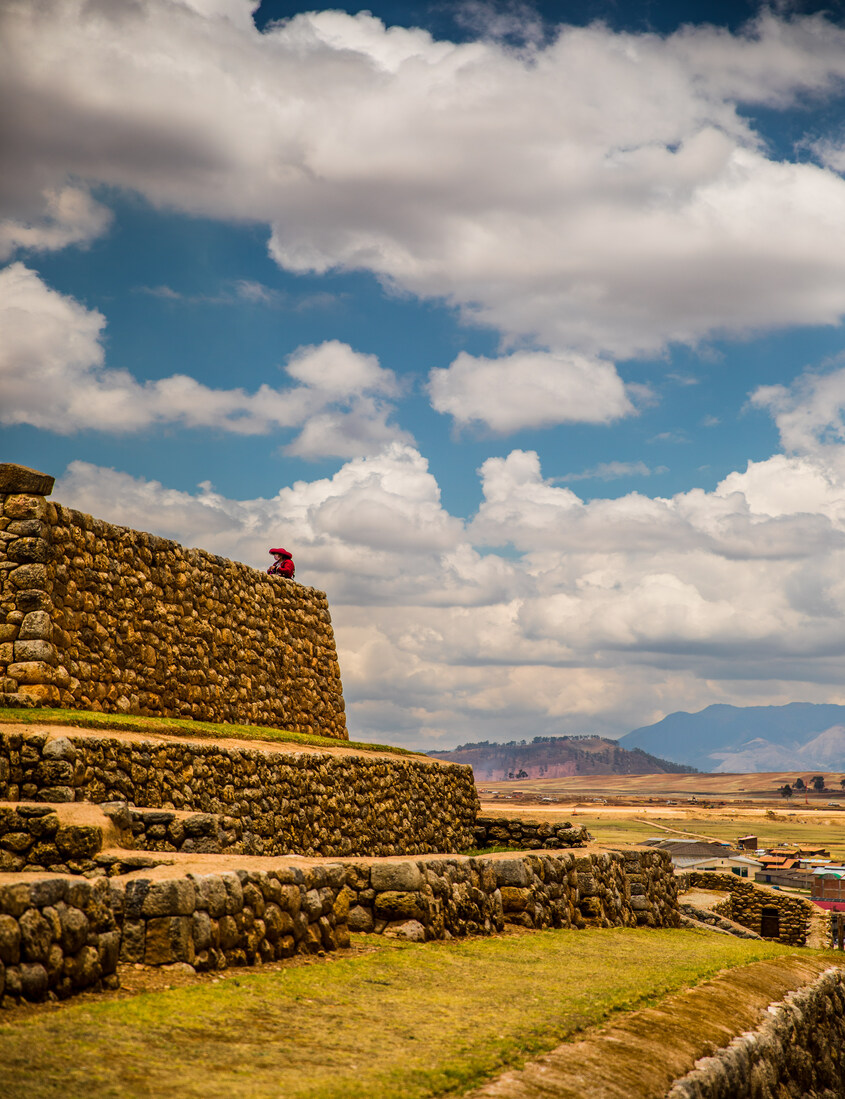
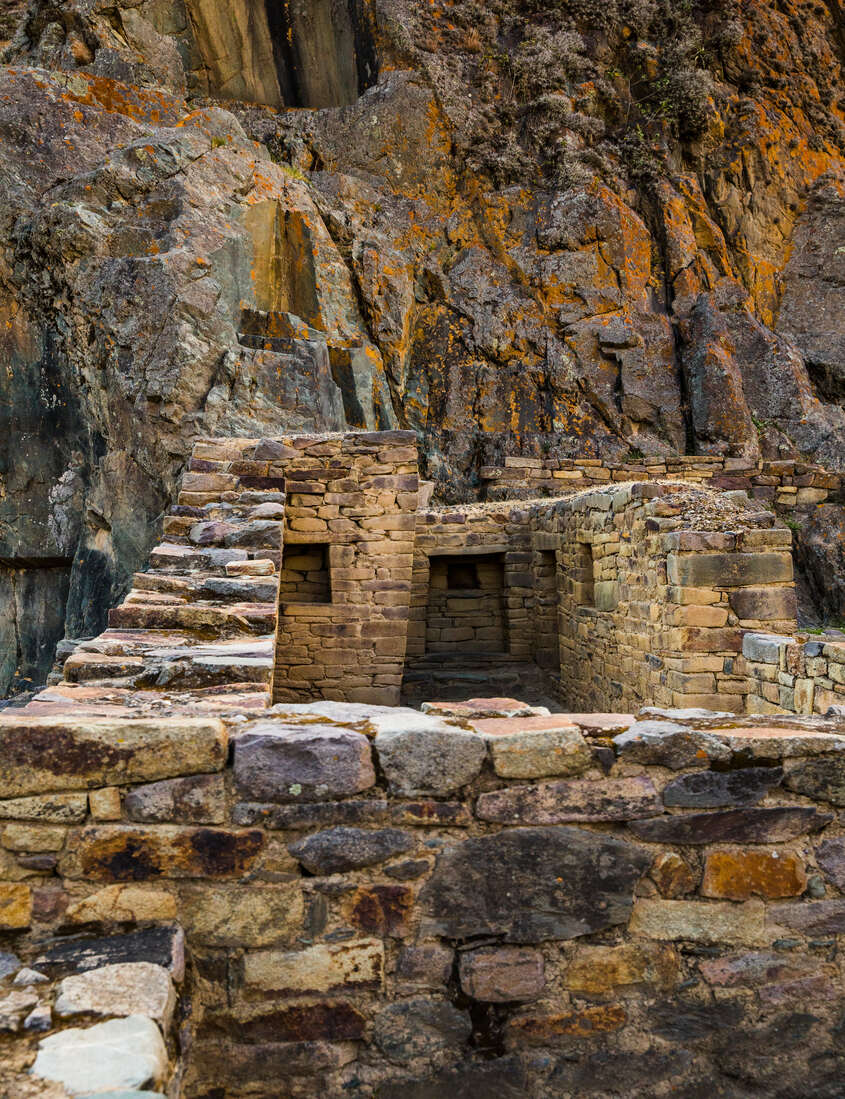
The Sacred Valley winds along the Vilcanota River between the towns of Pisac and Ollantaytambo. The varying elevation is a relatively moderate 9,000 ft (2,790 m) at the valley floor — lower than Cusco and a great area to acclimate and minimize chances of altitude sickness — but climbs to dizzying heights of 16,000 ft (5,000 m) and beyond in the surrounding peaks of the Andes.
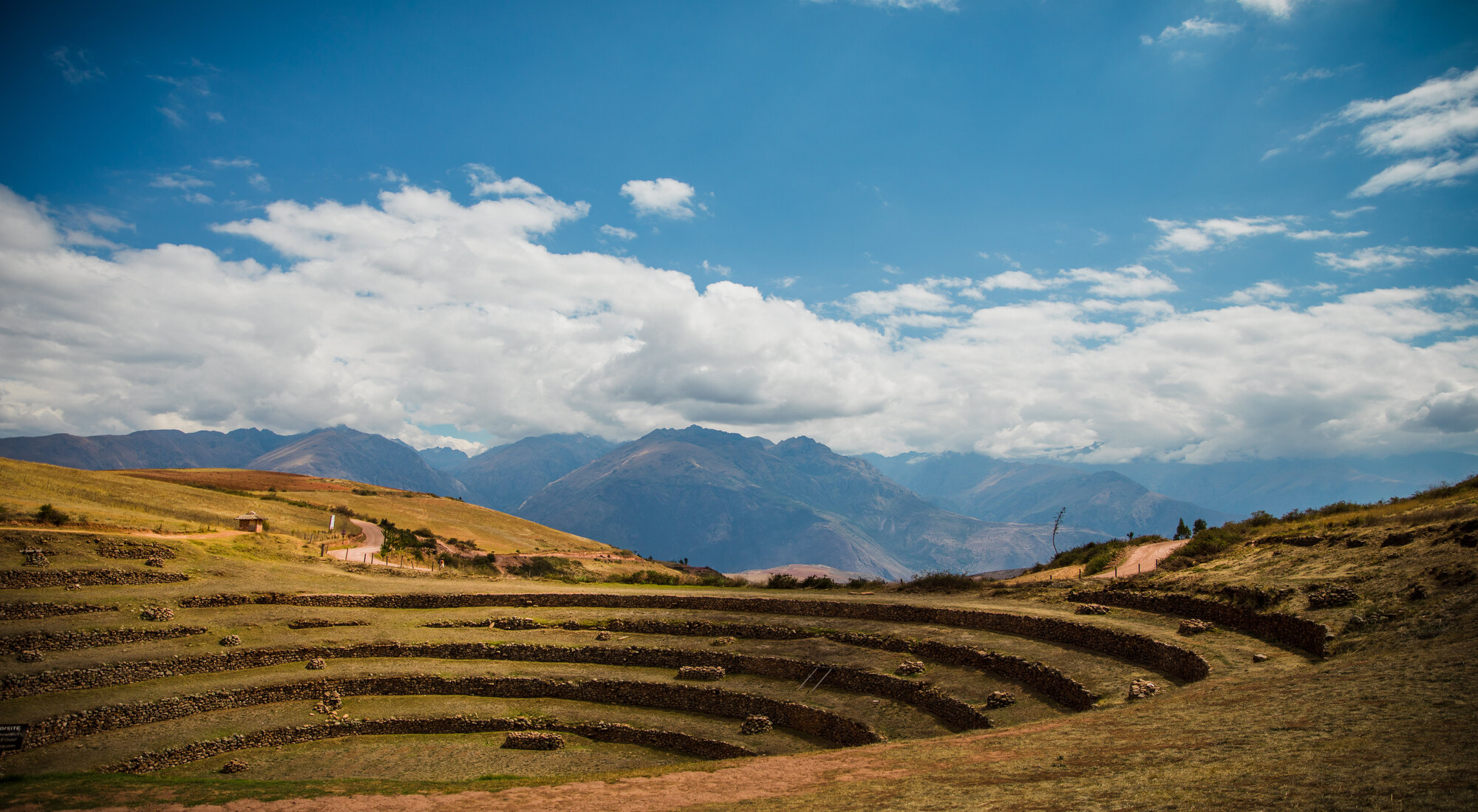
Temperatures in the Sacred Valley are fairly consistent year-round. The temperate valley floor, which includes towns like Pisac, Urubamba and Ollantaytambo, averages 70° F (22°C) during the day and 43° F (6° C) overnight. The region’s dry season is from April through October and provides clear, sunny days with cooler nights (sometimes dropping down towards freezing). Rainy season, November to March, experiences daily cloud cover and rainfall, with January and February as the rainiest months.
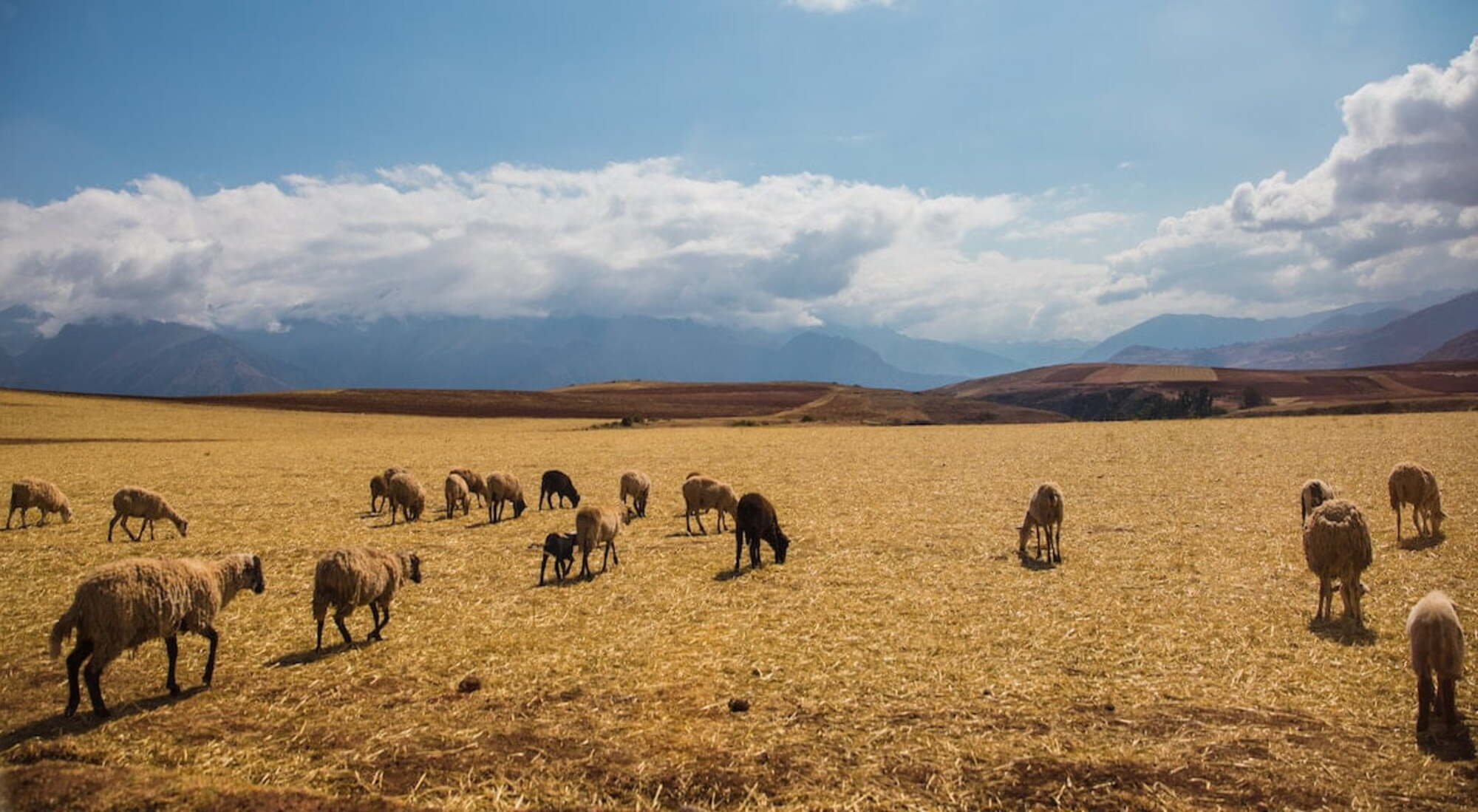
The busiest tourist season in the Sacred Valley coincides with the dry season, while the rainy season means fewer crowds and beautifully green and colorful surroundings, with the added caveat of inclement weather.
Rich and fertile soil found along the Vilcanota (Urubamba) River, fed by plentiful water from mountain springs, have made The Sacred Valley of the Incas important to various local peoples stretching back 1000 years BCE. The Inca gradually took control of the area between 1000 and 1400 CE, when the empire began to expand in earnest and it became the prime location for Incan royal estates and retreats.nnDuring this time, the Sacred Valley became the breadbasket of the Inca Empire, leading to the construction of copious agricultural terraces or andenes. Its lower altitude and warmer weather made it ideal for growing maize, important for the religious significance of the fermented maize drink chicha. The Incas also developed and cultivated many varieties of potato in the Sacred Valley. Numerous other crops, like maize, fruits, and vegetables, helped feed the Inca Empire at its pinnacle.nnThe Spanish arrived to the region in 1531 and quickly took control of the imperial capital Cusco, but groups of Inca continued to hold out at citadels in the Sacred Valley. In 1537, Manco Inca Yupanqui won the greatest Inca military victory over the Spaniards at the Battle of Ollantaytambo. But by 1572, Spanish control of the Sacred Valley was complete.nnPalaces and mansions not taken over directly by Spaniards were destroyed, while other structures such as many terraces fell into disuse and Christian churches became commonplace. Today, tourism to the Sacred Valley continues to grow in popularity while small communities keep local traditions, customs and artisan trades alive.
The Sacred Valley offers an endless variety of captivating sights and activities: dozens of short hikes to Incan ruins (perfect for acclimating to longer, more intense hikes) encompassed by unparalleled natural vistas; outdoor adventures sports from mountain biking to whitewater rafting to rock climbing; local traditions including artisanal craft such as weaving, dances, and pachamama rituals; and many more. Here are a few of the select sites of interest:
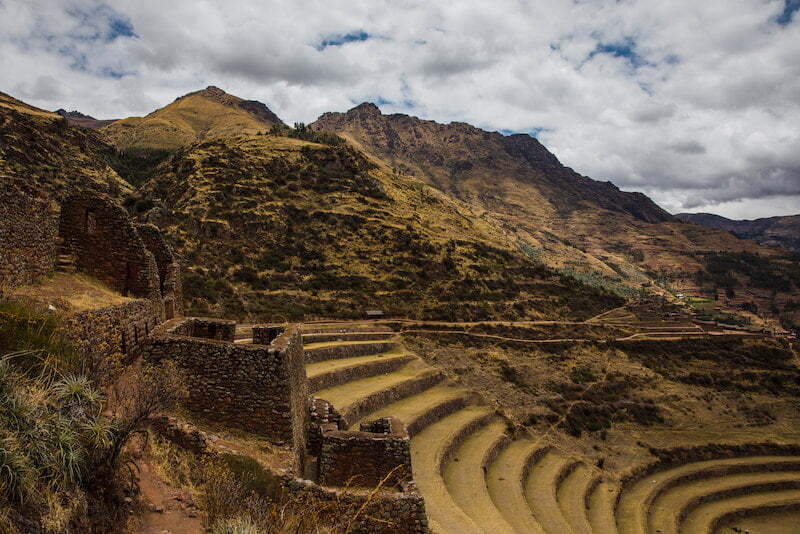
The first town encountered after descending into the Sacred Valley from Cusco is Pisac, known for its markets full of colorful handmade artisan items. The proximate ruins are an extensive complex with massive terraces and many pristine building foundations.
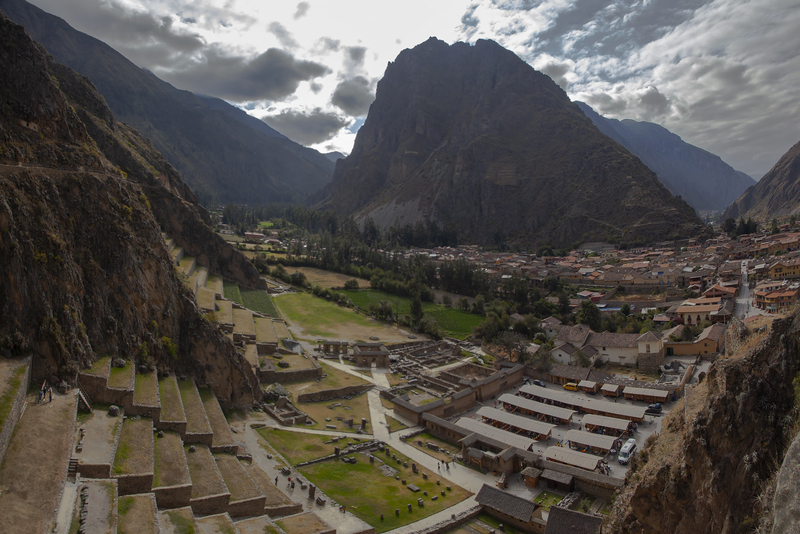
The picturesque town of Ollantaytambo is adjacent to some of the most well-preserved and emblematic ruins outside of Machu Picchu, including the iconic Pinkuylluna granaries; dozens of agricultural terraces climb the mountainside to the main complex, where arresting views await.
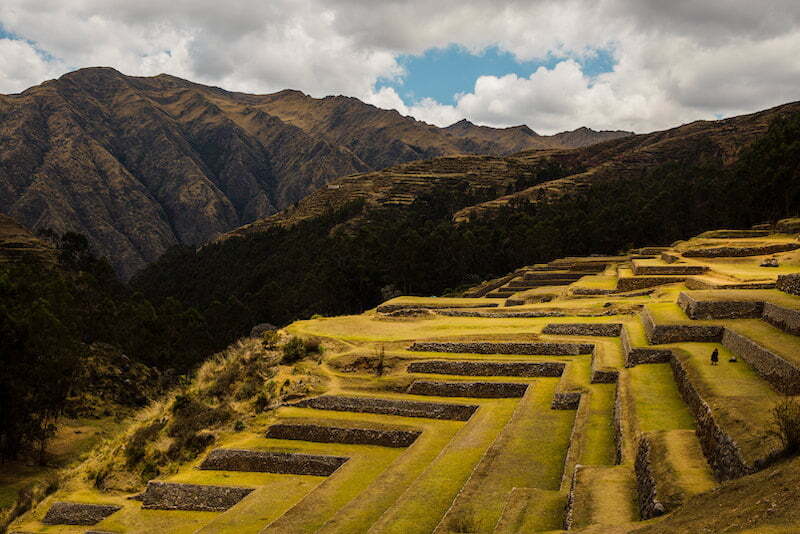
The town of Chinchero boasts many agricultural terraces—some still in use today—interspersed with Inca-built stone structures. Traditional weaving practices are carried on by collectives of Quechua women, who offer demonstrations and hand-on workshops.
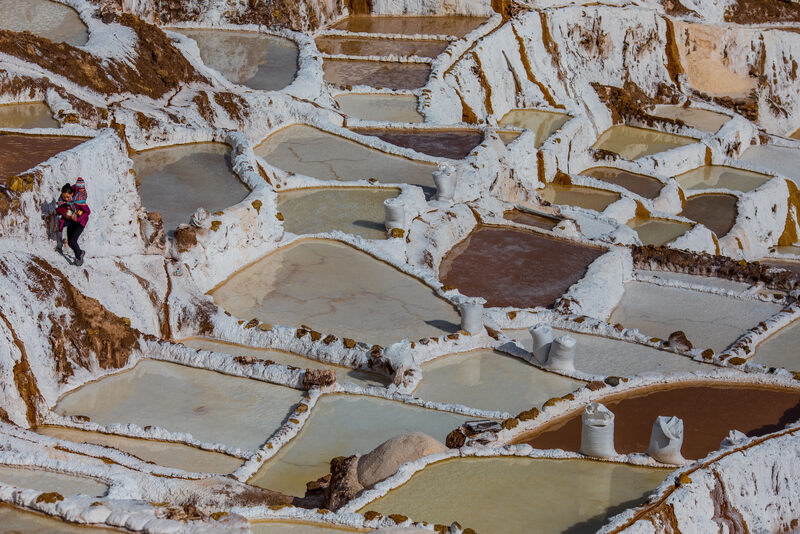
In the mountains near the town of Maras, thousands of shallow salt pans coat the hillsides. These square pools, a visual marvel, have been in use for more than 500 years and are operated by local families today, producing pink Peruvian salt.

Near Maras, a large archaeological site allures with unusual agricultural terraces built in concentric circles. Scientists and archaeologists now believe Moray was a seedling nursery and Incan agriculture laboratory, used to cultivate and test varieties of maize and other crops.
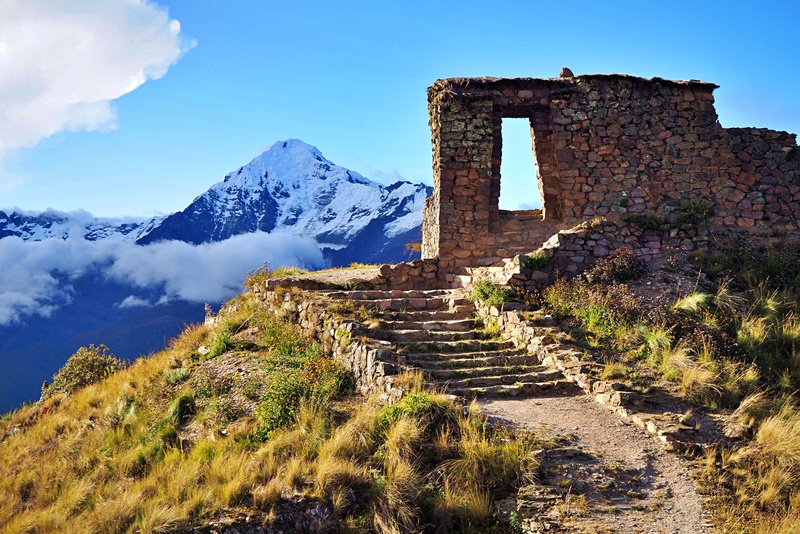
The Sun Gate is a day trip from Ollantaytambo. The rustic hike to the site includes Inca canals, guidestone and smaller ruins along the way. The beautiful ruins at the summit, where overnight camping is possible, include a guardhouse in astrological alignment and breathtaking views.

The Sacred Valley is a perfect place to try traditional Andean dishes or trendy novoandina cuisine. Located in one of Peru’s major breadbasket regions, much of the food you will taste here is grown by local farmers. Here are a few of our favorite options in the valley:
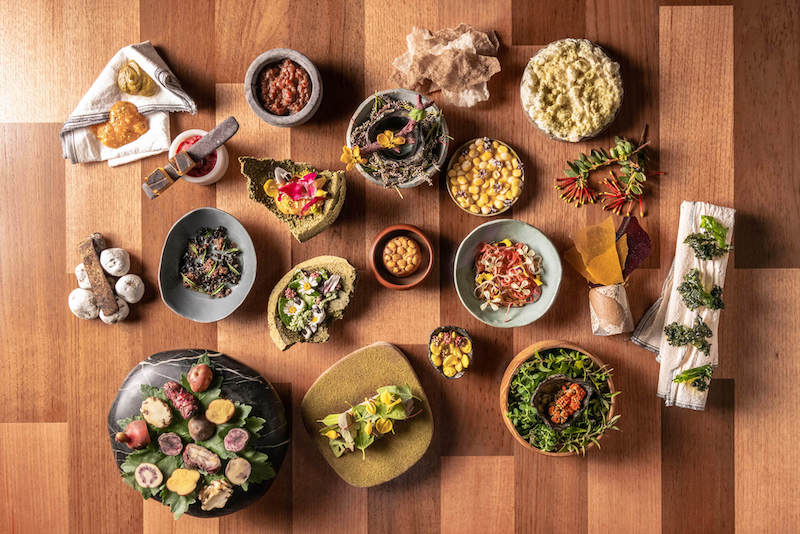
Overlooking the Inca ruins at Moray, this award-winning culinary venture from Chef Virgilio Martinez focuses on traditional Andean high-altitude foods.
• 500 meters from the Moray Archaeological Complex, Maras
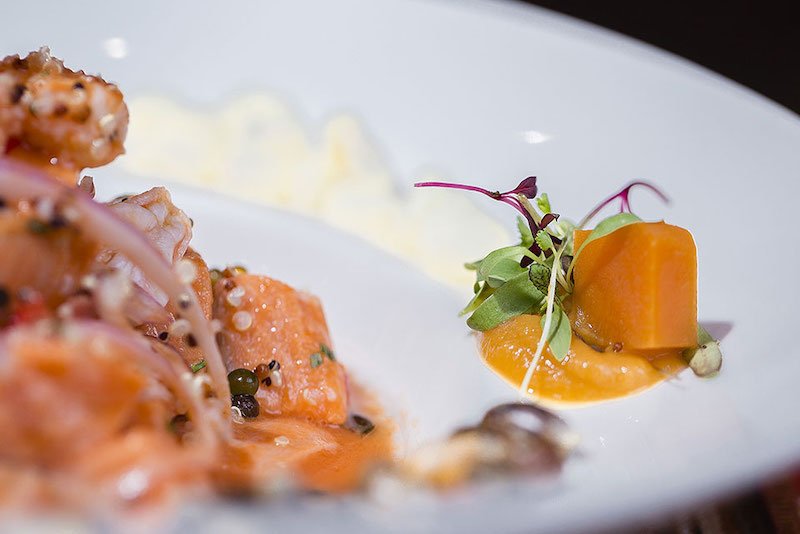
Enjoy endless traditional Peruvian cuisine at this expansive lunch buffet in Urubamba, compete with alpacas grazing the manicured gardens.
• Carretera a Maras, Urubamba
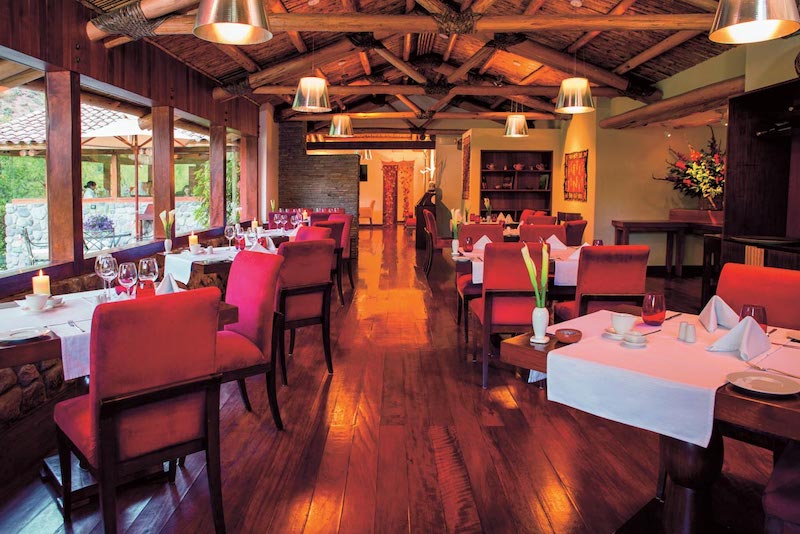
Discover a memorable fine dining experience at Hotel Belmond Rio Sagrado’s restaurant with beautiful natural environs and sublime views of the Urubamba River.
• Km. 75. 8, Carretera Urubamba-Ollantaytambo Valle Sagrado, Urubamba
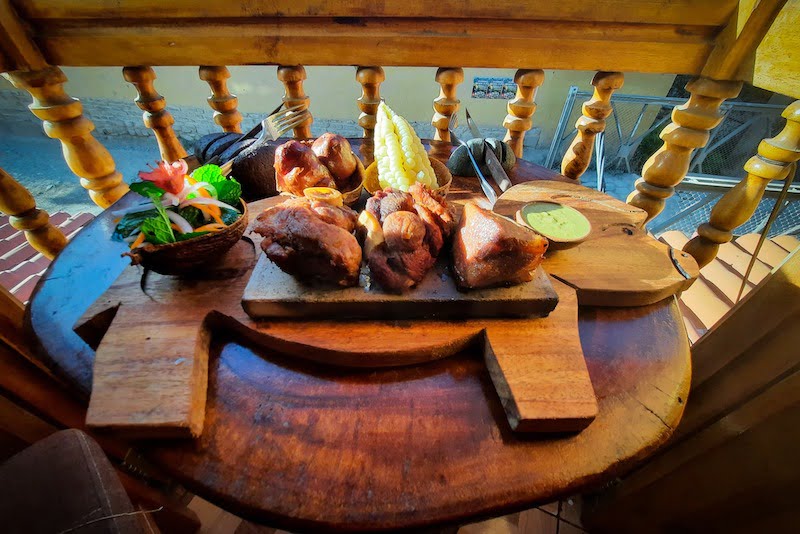
This spot with a view in Ollantaytambo center serves hearty portions of grilled meat, fish, potatoes and vegetables alongside soups and fresh salads.
• Calle Ventiderio, Ollantaytambo
Make sure to follow these important tips on your trip to the Sacred Valley. If you have any questions about planning your trip, don’t hesitate to reach out to our team with any questions!
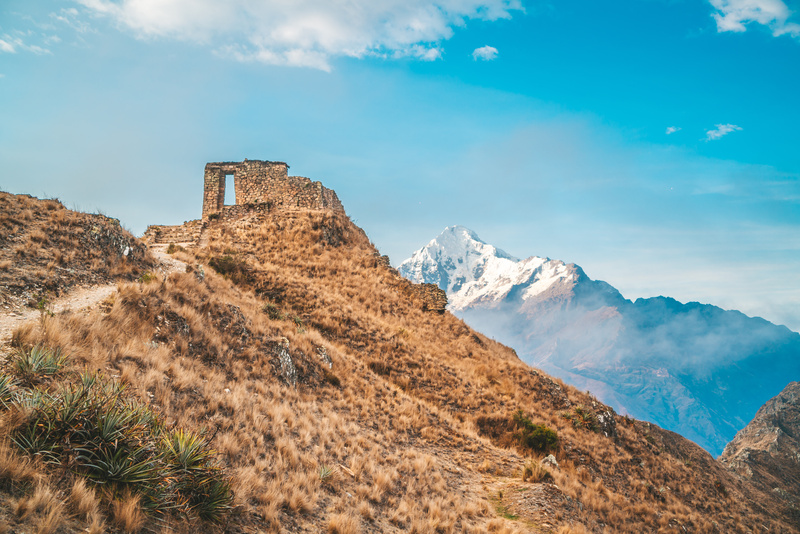
Though the Sacred Valley is a lower altitude than Cusco, it can still be a concern. While most people experience mild symptoms such as headache, fatigue, dizziness, and loss of appetite that tend to clear up in 24-48 hours, altitude sickness does affect each individual uniquely and acclimation varies. Here are some tips for adapting to the altitude during the first couple days of your trip:nn• Eat light meals. The digestive system works slower at higher altitudes.n• Try not to exert yourself too much. Just relax and try to take it easy as much as possible.n• Make sure to stay hydrated.n• Avoid alcohol.n• Take advantage of some of the natural altitude sickness cures available in Peru such as coca or muña tea. Note: avoid drinking coca tea too late in the day, which can cause trouble sleeping.n• Take medication if necessary. Acetazolamide and other medication for soroche (the word for altitude sickness) are available over the counter in Peru.
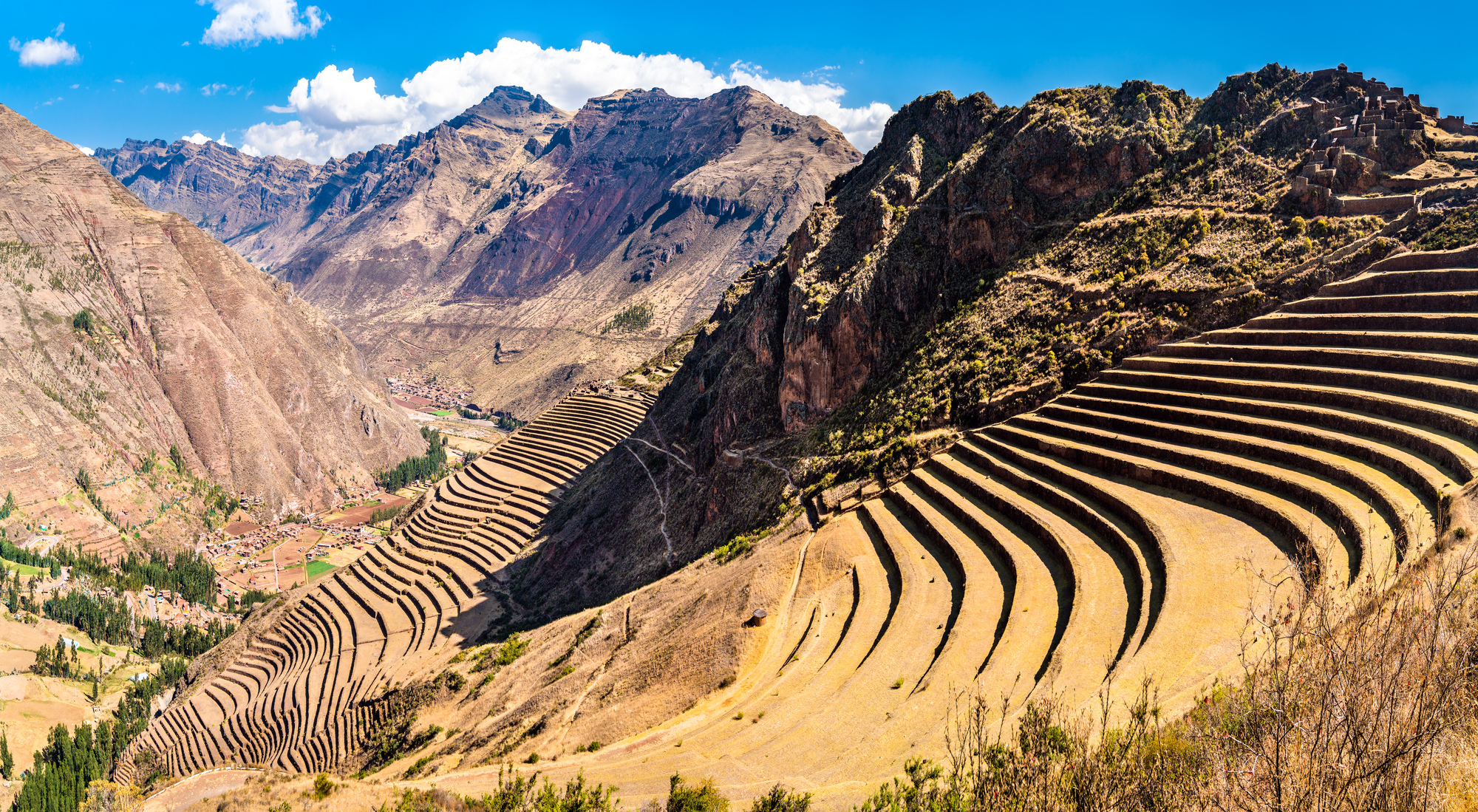
The Cusco region is known for its fluctuating temperatures, strong sunshine and intermittent rainfall. Essential year-round items for your trip to Cusco and the Sacred Valley include:nn• Light sweaters or jacketsn• Sturdy, comfortable shoes or bootsn• Sunglasses and/or protective hatn• Sunblock (SPF 35 or higher recommended)n• Umbrella, raincoat or rain ponchon• Good quality hiking shoes or bootsn• Waterproof hiking pants
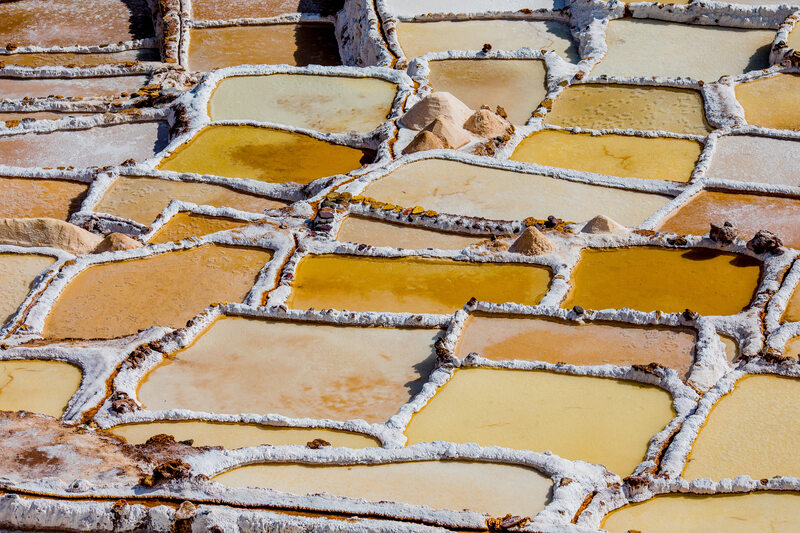
The peak season of June through August requires planning ahead as many destinations sell out or book up weeks or even months in advance. Visitors should consider checking availability for hotels, flights, trains (to and from Machu Picchu and other sites), Inca Trail permits, etc., when planning their trip. Planning ahead for rainy season means confirming that destinations affected by the weather are open for business and potentially accommodating extra time in your itinerary for postponed or rescheduled excursions. Don’t hesitate to contact us for further guidance — we can help with your Peru travel plans!

Discover our latest blogs
Here are the answers to some of the most frequently asked questions about visiting the Sacred Valley:
Absolutely! The Sacred Valley offers a wealth of cultural, historical and natural attractions, hikes, adventure sports and more. And it’s right on the way from Cusco to Machu Picchu.
A minimum of one to two days in the Sacred Valley is recommended, though the range of sites and activities and natural beauty may tempt you to stay longer.
Many of the principal archaeological sites in the Sacred Valley require the Cusco Tourist Ticket (Boleto Turístico) to enter. Some smaller sites may have their own small fee while others are free.
Cusco is about 20 miles (34 km, 50 minutes driving) from Pisac, the beginning of the Sacred Valley, and about 37 miles (61 km, 90 minutes) from Ollantaytambo, the end of the valley.
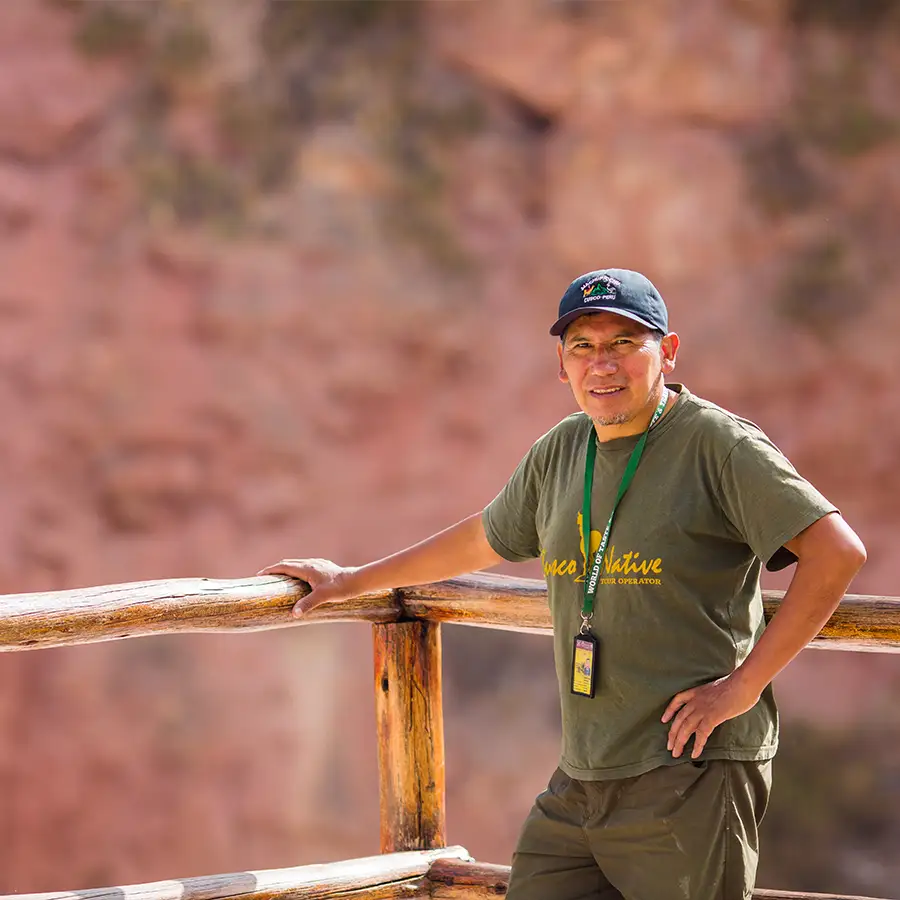
Cusco Native Tours is a sustainable and ethical tour operator founded in 2008 by Renato Auca Fuentes, a native cusqueño of Quechua origin. Our company offers unique and authentic tours and treks throughout Peru, showcasing the country’s rich history, vibrant culture, and stunning natural beauty.

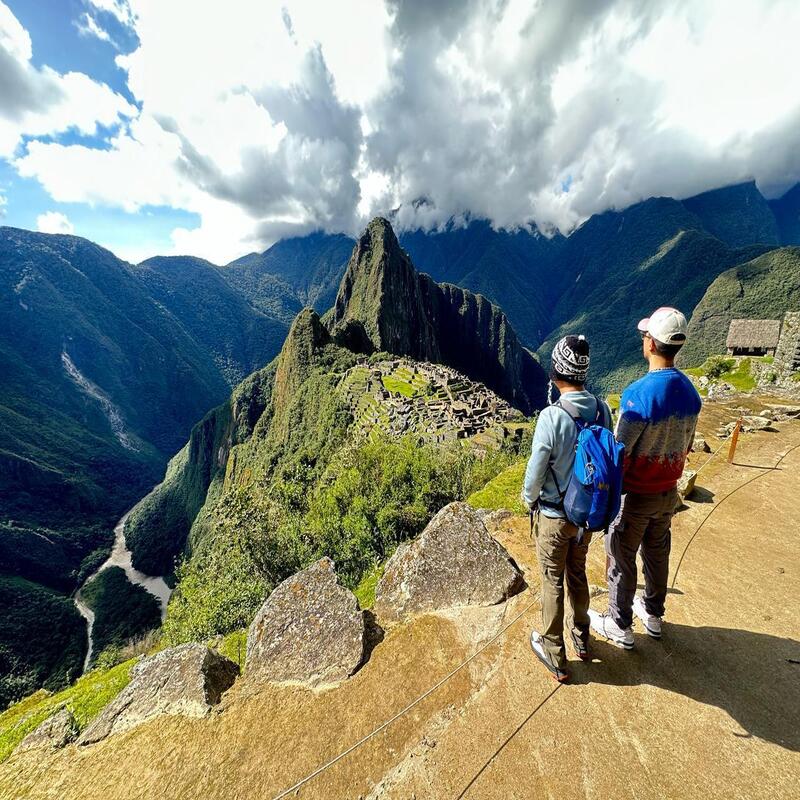





I am extremely satisfied with the experience. The communication was smooth and efficient. Rumi, our MP guide, is very knowledgeable and I highly recommend him. 5 stars!





I would like to thank you and Cusco Native for the wonderful trip you planned out for me. Thank you Claire for your flexibility and for suggesting the waterfall excursion, it was incredible and totally off the beaten path!





Thanks to you and the team - we had an incredible, memory filled, adventure.





We loved it! Thank you so much for an amazing amazing experience!
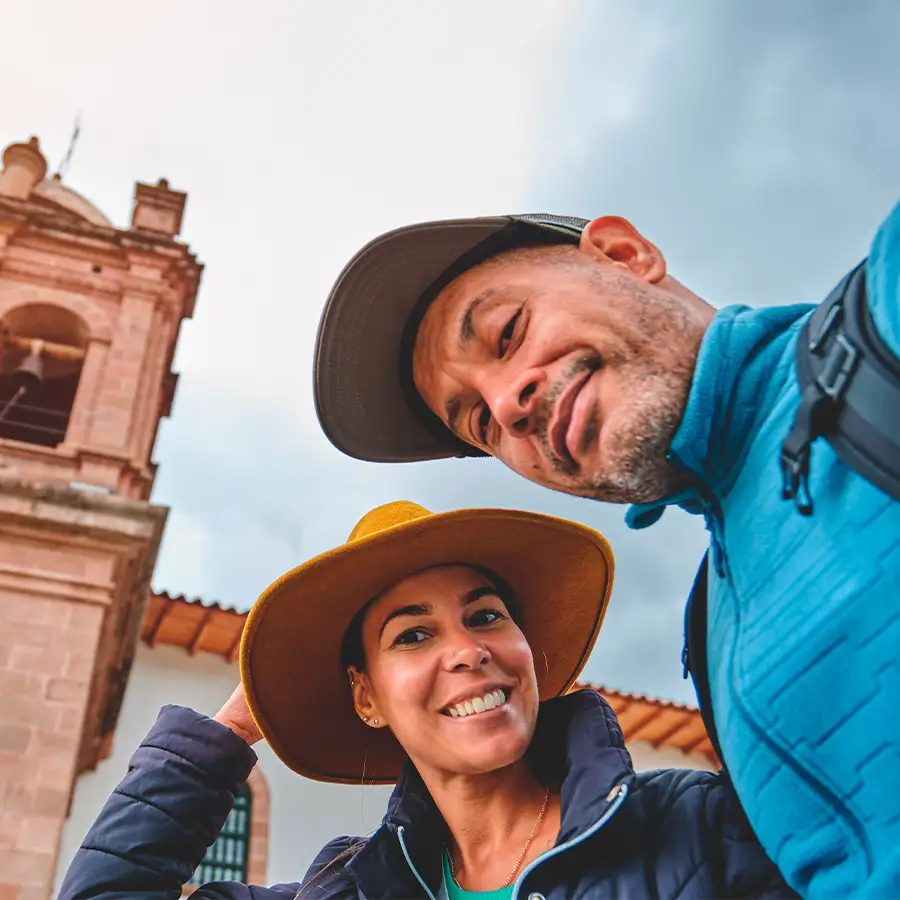
We are your local experts in Peru, specializing in tailor-made itineraries, 24/7 support, and exclusive insider access. By partnering with us, you can offer your clients unforgettable experiences that go beyond the ordinary. Let's connect and create extraordinary journeys together.

Personalized tours to Machu Picchu and other iconic destinations, handcrafted by passionate local experts.
2025 Cusco Native Tours. All rights reserved.